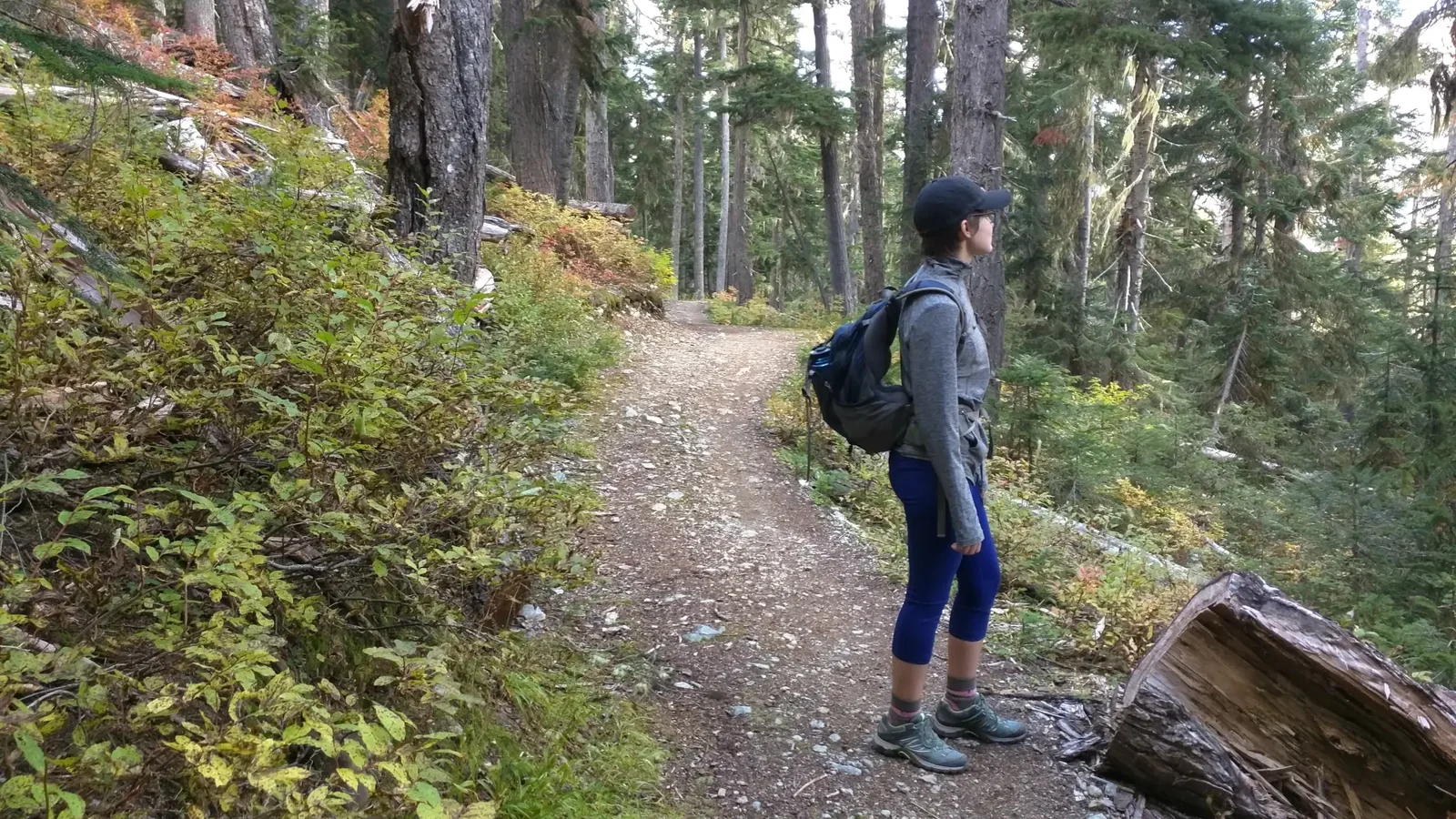I contributed a chapter to Object-Based Learning and Well-Being, which is the first explicit analysis of the combined learning and well-being benefits of working with material culture and curated collections. Edited by Helen Chatterjee and Thomas Kador of UCL, and with contributions from experts and practitioners from eight countries on four continents, the book analyses the significance of curated collections for structured cultural and creative interventions for educational and well-being benefits. Topics covered include the role of material culture in relation to mental health, sensory impairments, and general student and teacher well-being. Contributors also consider how collections can be employed to positively address questions of identity and belonging relating to marginalization, colonialism, and forced displacement.
Object-Based Learning and Well-Being should be a key first point of reference for those engaged in the study of object-based learning, museums, heritage, health, and well-being. The book will be of particular interest to practitioners working in higher education, or those working in the cultural, heritage, museums, and health sectors.
My chapter, entitled Experiential and Object-Based Learning in Nature (available in an online version here), explores possibilities for object-based learning in nature. Disconnection and alienation from nature are increasing problems in our age of digital distraction and immersion. Many people avoid natural environments and feel uncomfortable when exposed to them. For a growing number of young people, simple and seemingly benign activities — such as going for a walk in a municipal park — can provoke strong feelings of anxiety and discomfort. The open spaces and slow rhythms of nature, and the ways in which those spaces encourage self-reflection and mindfulness, can be emotionally provocative in a variety of ways.
And yet, young people report that facilitated experiences in nature improve their mental health in profound and persistent ways. They feel more connected and capable. Symptoms of depression, anxiety, and related mental health challenges often lift, or are eased. These experiential and often therapeutic activities take place in the context of the original human heritage: nature and its objects. In turn, these objects are curated by the ecological world itself and are revealed to participants in consistently surprising and powerful ways. This chapter describes experiential activities with university undergraduates, in nature, and the use of objects found in nature to facilitate and promote mental health, identity, belonging, empathy, and overall wellbeing. Despite the diversity of wild spaces and the unique opportunities each presents, this chapter demonstrates the ways in which the same benefits can be gleaned from a walk in the local park as from an odyssey in the mountains. The chapter concludes with suggestions, cautions, and recommendations for those seeking to facilitate safe and effective experiential object activities in nature.
Buy from RoutledgeBuy on Amazon
